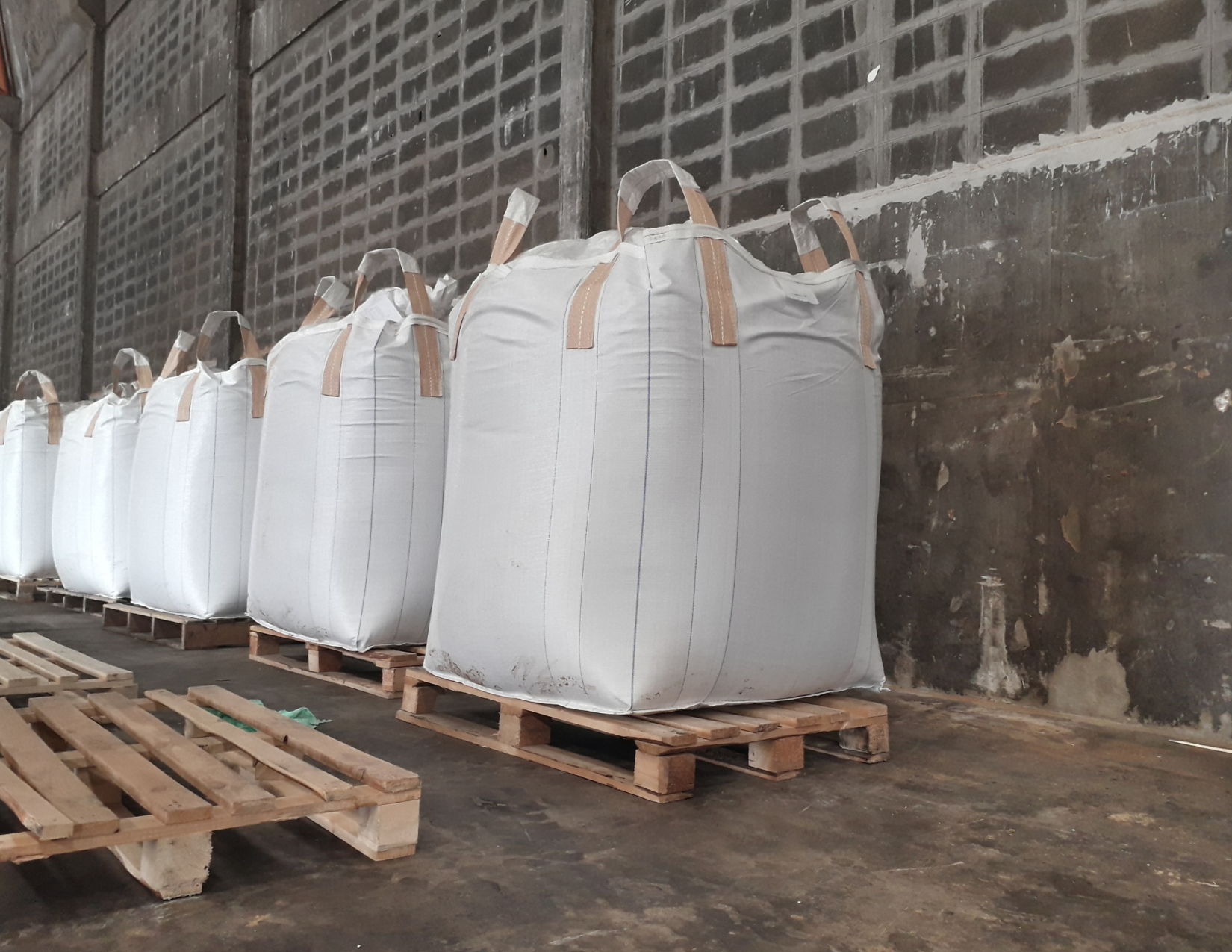Vital Wheat Gluten: Uses, Benefits, and Applications
✅ What is Vital Wheat Gluten?
Vital Wheat Gluten is a natural protein found in wheat that gives dough its elasticity and helps it rise and maintain its shape. It is the isolated form of gluten, a substance that makes up around 75-80% of the protein content in wheat. The process of making vital wheat gluten involves removing the starch from wheat flour through a washing process, leaving behind the gluten protein.
It is a high-protein ingredient that is often used in baking, food production, and as a meat substitute in plant-based diets due to its ability to mimic the texture of meat.
✅ Applications of Vital Wheat Gluten
Baking:
Vital Wheat Gluten is often added to bread dough to improve texture, volume, and elasticity. It strengthens the dough, giving it a chewy, airy quality, and helps it rise more effectively. It is especially useful in making artisan breads, pizza dough, and bagels, which require a strong, stretchy dough.Meat Substitutes:
One of the most significant applications of vital wheat gluten is in the production of seitan, a popular meat substitute in vegetarian and vegan diets. Seitan is made by washing wheat flour dough until the starch is removed, leaving behind the high-protein gluten. It can be cooked in a variety of ways, offering a meat-like texture that can be used in place of chicken, beef, or pork in recipes.Food Formulations:
In processed foods, vital wheat gluten is used as a binding agent to improve the texture and consistency of products like vegetable patties, vegetarian sausages, snack bars, and other high-protein food items. It acts as a stabilizer and emulsifier in these foods, giving them structure and firmness.Nutritional Supplements:
Vital Wheat Gluten is a source of protein, and it is sometimes added to protein powders and nutritional supplements for athletes or those seeking to increase their protein intake.
✅ Benefits of Vital Wheat Gluten
High-Protein Content:
Vital Wheat Gluten is a high-protein ingredient. It contains around 75-80% protein by weight, making it an excellent choice for people seeking to boost their protein intake, particularly in plant-based diets.Improves Dough Structure:
In baking, it enhances the elasticity of the dough, improving the texture and rise of breads and pastries. This is particularly important for achieving the chewy and airy texture in bread and pizza dough.Gluten Development:
For breadmakers, the addition of vital wheat gluten is crucial for developing the gluten network in the dough. This helps trap air bubbles during the fermentation process, giving the bread a light and fluffy texture.Meat Alternative:
As a meat substitute, vital wheat gluten is a valuable source of protein for vegans and vegetarians. Seitan made from wheat gluten has a texture similar to meat, making it a versatile ingredient for various plant-based dishes.Low in Fat and Carbohydrates:
Vital Wheat Gluten is naturally low in fat and carbohydrates, which makes it a suitable ingredient for low-carb diets or those aiming to reduce fat intake.
✅ How to Use Vital Wheat Gluten
In Baking:
Add 1 to 2 tablespoons of vital wheat gluten per cup of flour when making bread or pizza dough. The exact amount will depend on the desired texture and elasticity of the dough.In Meat Substitutes:
To make seitan, combine vital wheat gluten with water, soy sauce, and seasonings. Knead the mixture until it forms a dough, then cook it by boiling, steaming, or frying. The result is a high-protein, meat-like substance that can be used in a wide range of recipes.In Processed Foods:
Use vital wheat gluten in small amounts (1-3% of the total weight) in food formulations to improve texture, binding, and consistency. It can be added to vegetable burgers, protein bars, or meat analogs.
✅ Vital Wheat Gluten vs. Other Wheat Proteins
Vital wheat gluten stands out due to its high protein content and its ability to mimic the texture of meat. Compared to other wheat proteins, it is more refined and concentrated, offering better performance in breadmaking and in plant-based meat substitutes.
Regular Wheat Flour: While regular wheat flour contains gluten, it also contains a lot of starch, which dilutes the protein content. Vital wheat gluten is highly concentrated, making it ideal for recipes that need a strong gluten network.
Seitan (Wheat Meat): Seitan is made directly from vital wheat gluten, but the texture is denser and more meat-like. Seitan is often seen as a more sustainable protein source for those on plant-based diets compared to soy-based meat alternatives.
✅ Conclusion
Vital Wheat Gluten is an essential ingredient for bakers, food manufacturers, and plant-based chefs. It is widely used to improve the texture and elasticity of dough, make meat substitutes, and enhance the nutritional profile of various food products. Whether you're looking to make better bread, create plant-based meat alternatives, or increase your protein intake, vital wheat gluten offers numerous benefits.
By incorporating this high-protein ingredient into your recipes, you can achieve better texture, structure, and nutritional value in a variety of dishes.

